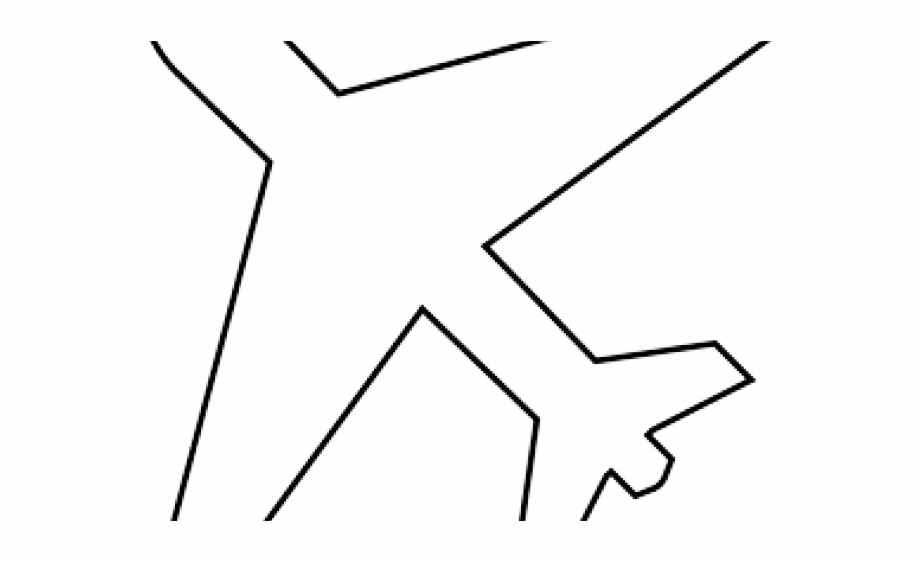
“But paper airplanes, while simple to make, involve surprisingly complex aerodynamics,” notes Ristroph. Since we can make complicated modern airplanes fly, the researchers say, one might think we know all there is to know about the simplest flying machines. “Surprisingly, there has been no good mathematical model for predicting this seemingly simple but subtle gliding flight.” “Birds glide and soar in an effortless way, and paper airplanes, when tuned properly, can also glide for long distances,” adds author Jane Wang, a professor of engineering and physics at Cornell University. We discovered that the aerodynamics of how paper airplanes keep level flight is really very different from the stability of conventional airplanes.” “Answering such basic questions ended up being far from child’s play.


“The study started with simple curiosity about what makes a good paper airplane and specifically what is needed for smooth gliding,” explains Leif Ristroph, an associate professor at New York University’s Courant Institute of Mathematical Sciences and an author of the study, which appears in the Journal of Fluid Mechanics. Its findings enhance our understanding of flight stability and could inspire new types of flying robots and small drones. Findings Unveil Mechanisms that Explain Flight StabilityĪ series of experiments using paper airplanes reveals new aerodynamic effects, a team of scientists has discovered.


 0 kommentar(er)
0 kommentar(er)
